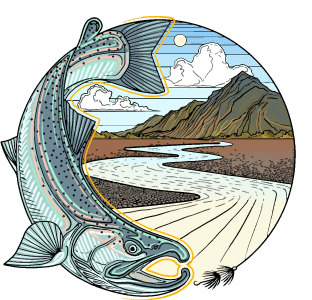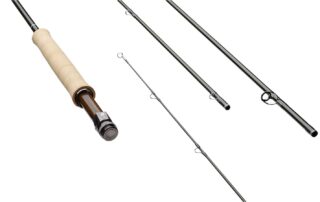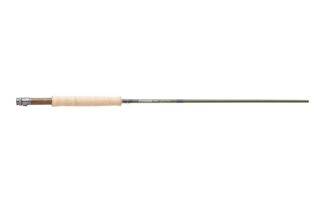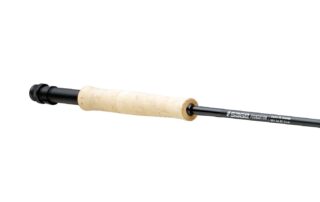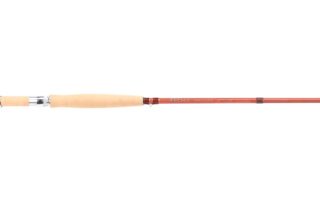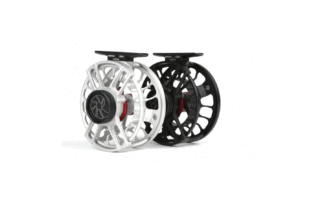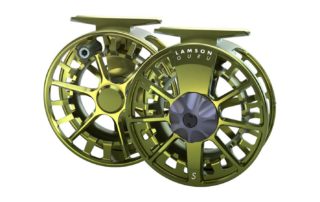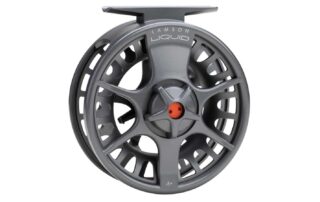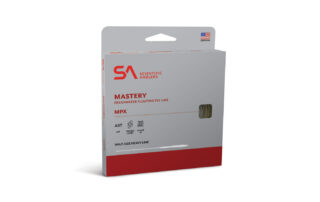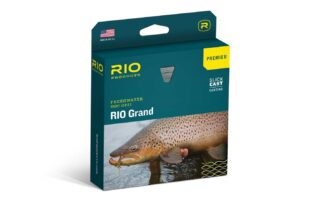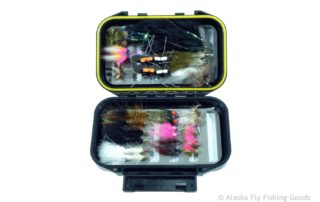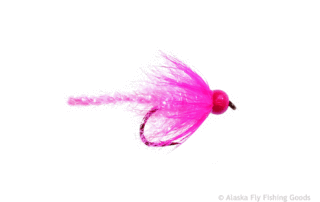

OVERVIEW
Coastal cutthroat trout are Alaska's smallest native trout species. They are only found in the southeast portion of the state. The habitat of Alaska's coastal cutthroat trout includes beaver ponds, back sloughs, big river estuaries and mountain lakes. Cutthroat trout are the most common trout you will find in Southeast Alaska. These fish may not get the same attention as their rainbow relatives, but they are cool fish. Unique among the cutthroat family, these are the only trout of the family to go to the ocean.
The best fishing for sea run cutthroats occur between March and November. Peak season tends to be in July and August. This is because there are several food sources available. These trout can be found in both fresh and saltwater during the season so targeting them can be especially difficult. Ranging from 8-18 inches, the occasional specimen will break the 24-inch mark. If targeting these beasts is your goal, you will want to fly out to one of the lakes near Juneau. These trophy cutthroat lakes rarely get fished and house enormous trout. The cutthroat is an aggressive eater and can provide hours of entertainment for the fly angler.
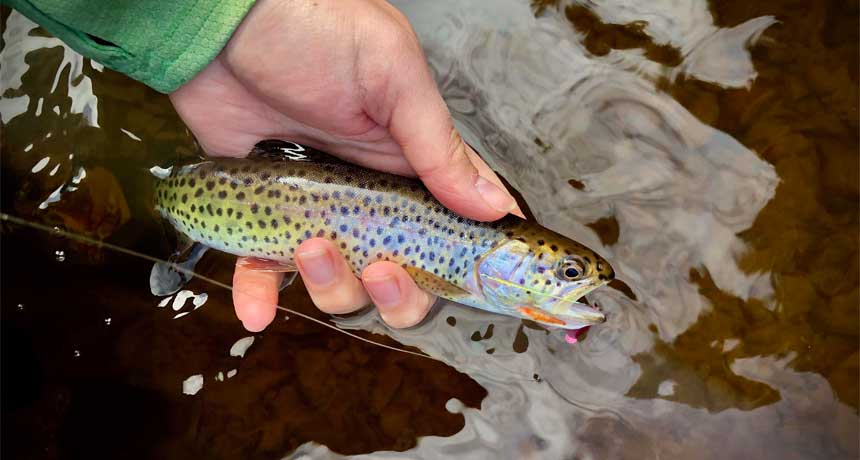
RODS
Cutthroat trout are small, scrappy fighters that are best suited to the lighter end of the fly rod spectrum. 3, 4, and 5wt rods are all appropriate, depending on the line type and size of fly chosen. The rod of choice for Alaska's Coastal Cutthroat is usually a 8'6" to 9' 4 or 5wt. On small water 3 and 4 weights are a ton of fun. For all around use a 5wt will provide the most versatility in fishability. If chasing these bad boys in some of Southeast Alaska's Trophy Lakes, a 9-10' 6 or 7wt rod that can handle large streamers and heavy sinking lines is preferrable.
REELS
Reels best suited for cutthroat fishing are characterized by their light weight and smooth performance. This is a fish you will cast to a lot. Make sure your get a reel that balances nicely on your rod. Most cutthroat average 8-18" in Alaska, so any reel can do the job, drag is less important for most of these fish. If you fish in estuaries and salt water, a good, machined aluminum reel is important. Machined reels are often anodized and resist corrosion much better than die cast reels. When chasing the larger coastal cutthroat trout that reside deep in the Trophy Lakes, a reel with a good drag system is advisable.
LINES
Depending upon the method of presentation, fly line choices include full-float weight-forward lines, sinking tip lines, and full sinking lines (in the lakes) to deliver your offering to the proper depth. About 80% of the fishing done for cutthroat is done with a weight forward floating line. A short fast sink tip can be very useful when fishing larger streams, ponds and small lakes. Targeting these fish are where poly leaders really shine. In larger lakes, especially the trophy lakes the big fish will be deep. You will often find the biggest trout feeding at depths of 50 feet or more! Heavy sink tips or full sinking lines can be the ticket for hooking one of these monsters of the deep.
FLIES
Coastal Cutthroat are opportunistic predators that can also be as "trouty" as trout get. Coastal cutthroat trout are fairly aggressive eaters and often go for large prey but can at time be caught on the smallest of dry flies. Depending on the season and location flies for coastal cutthroat trout will vary wildly. The well-prepared cutthroat angler will have a large selection of leeches, buggers, dries, and nymphs to draw from. Some of our favorite include the Honey Hole, UV Mini Leech, Sculpzilla, Thin Mint, and Gurgler.

If you have any questions about fly fishing for Coastal Cutthroat Trout in Alaska, feel free to contact us or call the shop at 907-586-1550.

